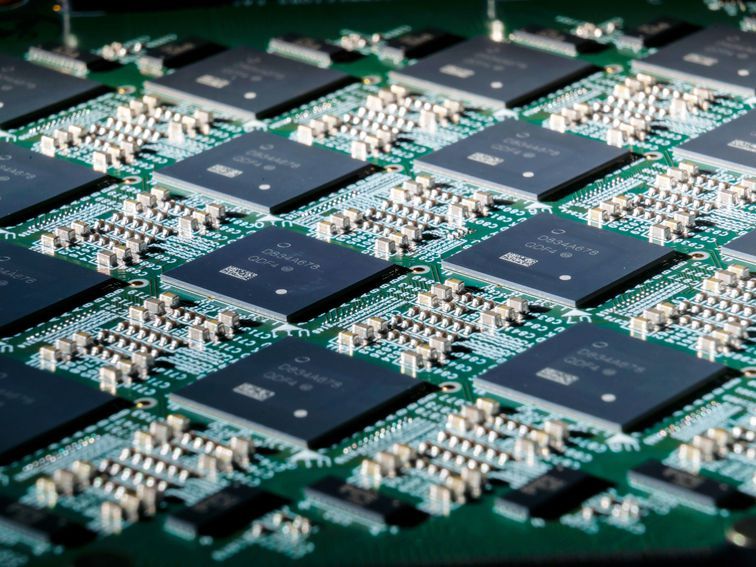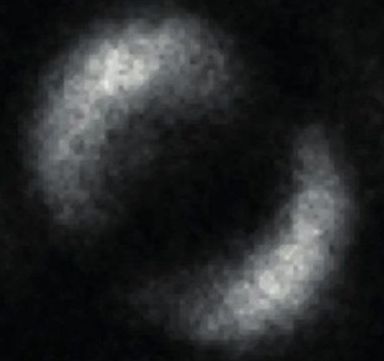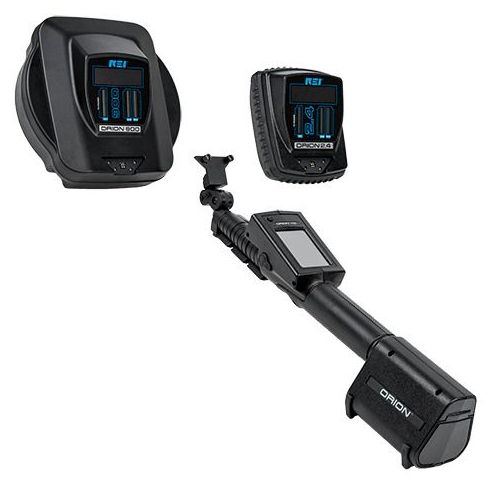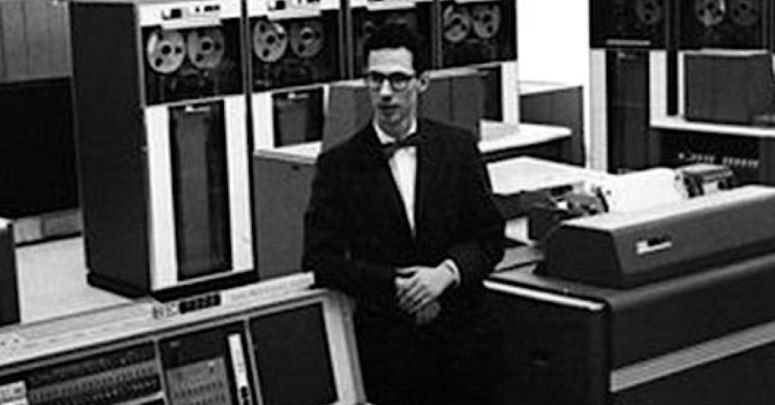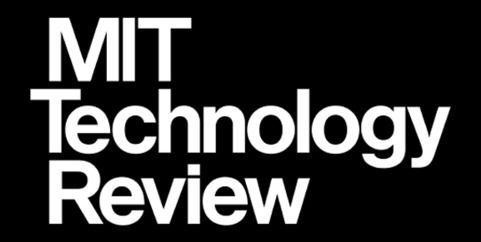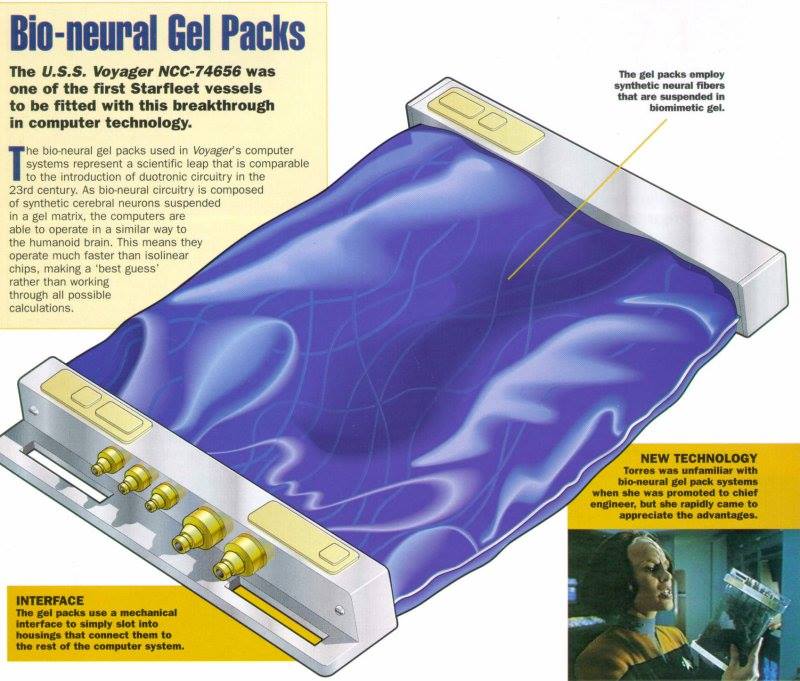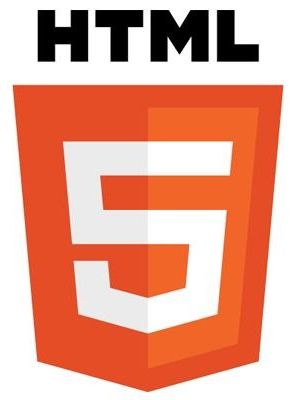Archive for the ‘computing’ category: Page 491
Jul 14, 2019
New Sims Simulations
Posted by Richard Christophr Saragoza in categories: computing, entertainment
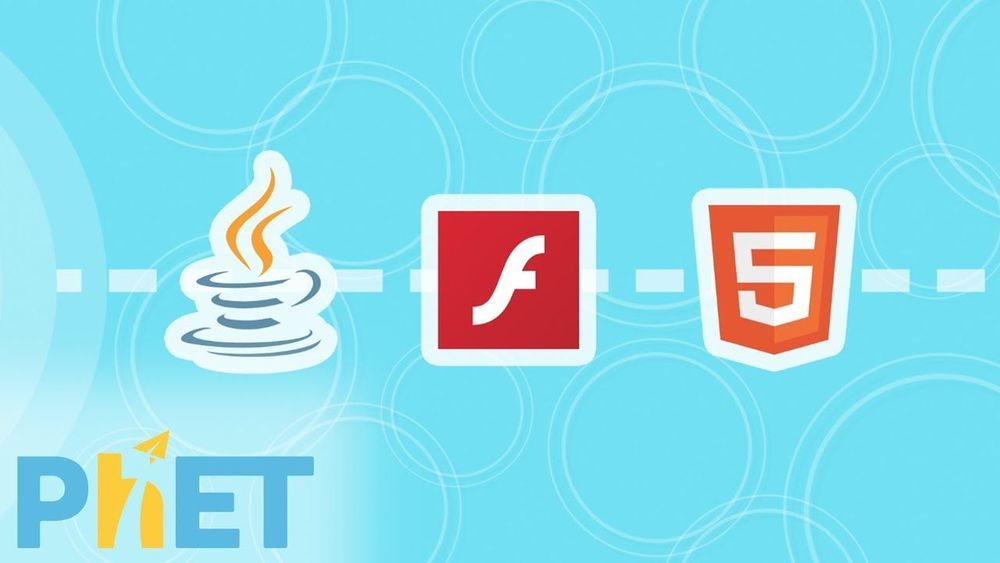
Play some video games.
By converting our sims to HTML5, we make them seamlessly available across platforms and devices. Whether you have laptops, iPads, chromebooks, or BYOD, your favorite PhET sims are always right at your fingertips.
Jul 14, 2019
Scientists Just Unveiled The First-Ever Photo of Quantum Entanglement
Posted by Paul Battista in categories: computing, particle physics, quantum physics
In an incredible first, scientists have captured the world’s first actual photo of quantum entanglement — a phenomenon so strange, physicist Albert Einstein famously described it as ‘spooky action at a distance’.
The image was captured by physicists at the University of Glasgow in Scotland, and it’s so breathtaking we can’t stop staring.
It might not look like much, but just stop and think about it for a second: this fuzzy grey image is the first time we’ve seen the particle interaction that underpins the strange science of quantum mechanics and forms the basis of quantum computing.
Jul 14, 2019
Non-Linear Junction Detectors (NLJDs)
Posted by Richard Christophr Saragoza in categories: computing, mobile phones
The ORION™ Non-Linear Junction Detector (NLJD) detects the presence of electronics, regardless of whether they are radiating, hard wired, or even turned off. Electronics containing semi-conductor properties return a harmonic signature the ORION NLJD can detect when radiated with RF energy. An NLJD detects physical properties, and not energy emissions. Therefore, devices that contain circuit boards and their components, like cell phones, video cameras, and microphones can be detected by the ORION NLJD.
How does a non-linear junction detector work?
The NLJD antenna head is a transceiver (transmitter and receiver) that radiates a digital spread spectrum signal to determine the presence of electronic components. When the energy encounters semi-conductor junctions (diodes, transistors, circuit board connections, etc.), a harmonic signal returns to the receiver. The receiver measures the strength of the harmonic signal and distinguishes between 2nd or 3rd harmonics. When a stronger 2nd harmonic is represented on the display in red, it indicates an electronic junction has been detected. In this way, a hand-held ORION is used to sweep walls, objects, containers, furniture, and most types of surfaces to look for hidden electronics, regardless of whether the electronic device is turned on.
Jul 14, 2019
HITACHI GLOBAL : News Release : Hitachi Develops a New RFID with Embedded Antenna MU-Chip
Posted by Richard Christophr Saragoza in category: computing
Jul 14, 2019
In memoriam – Corby Corbató, MIT computer science pioneer, dies at 93
Posted by Genevieve Klien in categories: computing, science
Fernando José Corbató, Turing Award winner, computer scientist extraordinaire, MIT computer lab pioneer, RIP.
Jul 14, 2019
Can I Check Web Sites Visited by my Kids/Staff?
Posted by Philip Raymond in categories: computing, internet, policy, privacy, security, software, surveillance
Early this morning, I was asked this question at Quora. It’s a pretty basic request of network administrators, including parents, schools and anyone who administers a public, sensitive or legally exposed WiFi hot spot.
Is there a quick and easy way to view, log, or otherwise monitor the web sites visited by people on your home or office network?

Yes. It’s free and and it is pretty easy to do.
It gets a bit trickier, if the individual on your network is using a VPN service that they have configured on their device.[1] A VPN does not stop you from logging their browsing, but all of their activity will point to the VPN address instead of the site that they are actually visiting. In that case, there is another way to monitor their activity. See note #1, below.
Continue reading “Can I Check Web Sites Visited by my Kids/Staff?” »
Jul 13, 2019
How Bacteria Could Generate Radio waves
Posted by Richard Christophr Saragoza in categories: climatology, computing, mobile phones, space
I call them “BATS”.
Can bacteria generate radio waves?
On the face of it, this seems an unlikely proposition. Natural sources of radio waves include lightning, stars and pulsars while artificial sources include radar, mobile phones and computers. This is a diverse list. So it’s hard to see what these things might have in common with bacteria that could be responsible for making radio waves.
Continue reading “How Bacteria Could Generate Radio waves” »
Jul 13, 2019
The biological computer is an implantable device that is mainly used for tasks like monitoring the body’s activities or inducing therapeutic effects
Posted by Richard Christophr Saragoza in categories: biotech/medical, chemistry, computing, mathematics
The biological computer is an implantable device that is mainly used for tasks like monitoring the body’s activities or inducing therapeutic effects, all at the molecular or cellular level. This is made up of RNA, DNA and proteins and can also perform simple mathematical calculations.
DNA computing is a branch of computing which uses DNA, biochemistry, and molecular biology hardware, instead of the traditional silicon-based computer technologies. Research and development in this area concerns theory, experiments, and applications of DNA computing.
https://www.wired.com/…/finally-a-dna-computer-that-can-ac…/
Jul 12, 2019
Real-World Off-Line Data Storage
Posted by Quinn Sena in categories: computing, internet
In many projects there comes a time when you’ll need to store some data off-line. It may be a requirement or just an improvement for your users, but you have to decide which of the available storage options you will use in your application. This article will help you choose the best one, for your app.
Introduction
HTML5 introduced a few off-line storage options. AppCache, localStorage, sessionStorage and IndexedDB. Every one of them is suitable for a specific use. For example, AppCache can boost your application or let some parts of it work without an Internet connection. Below, I will describe all of these options and show a few code snippets with example usage.
